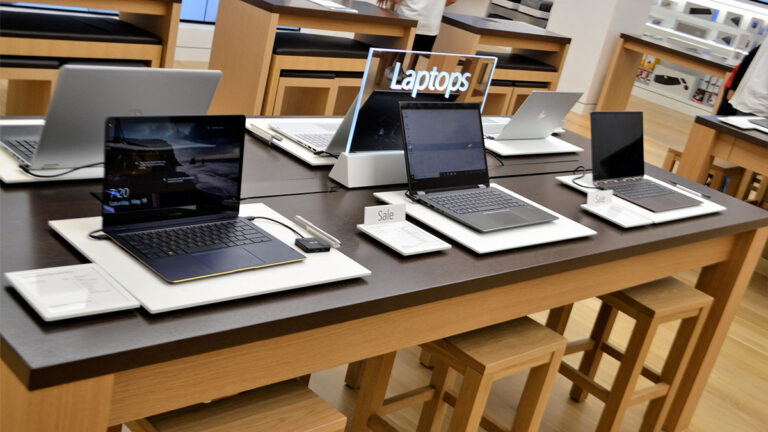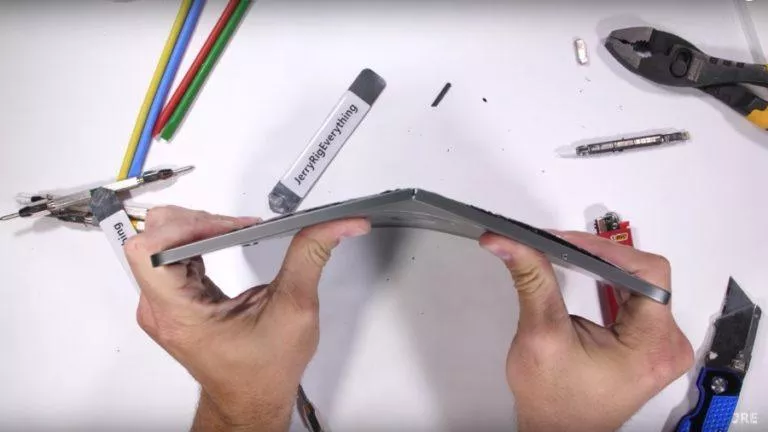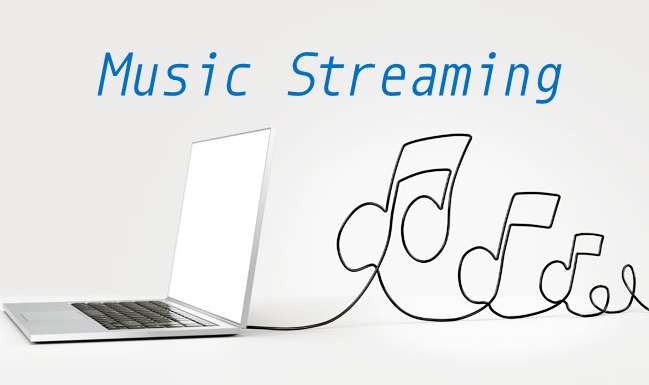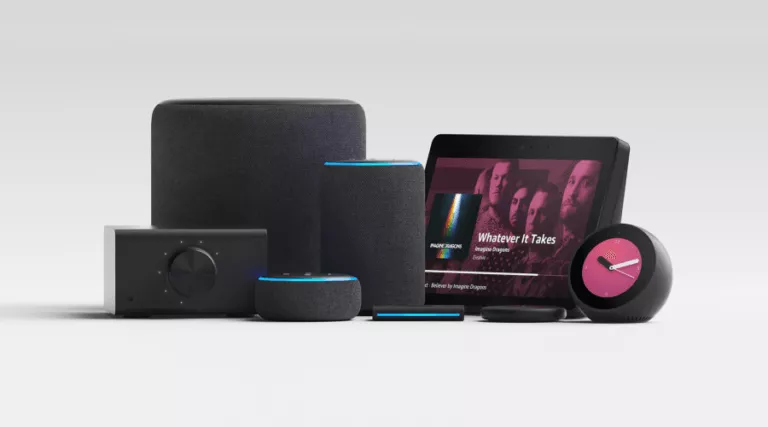How Android and iOS Apps Could be Ported to Windows for Mobile – Everything Detailed

Microsoft’s Build 2015 conference is now over and we were greeted with many pleasant surprises. According to me, one of the biggest announcements from the events was that now Windows developers will be able to bring the Android and iOS apps to Windows platform easily. Earlier less was known about how this work but as the time progresses, we are getting new details.
The Android apps portability toolkit is being called Project Astoria where its iOS counterpart is known as Project Islandwood. At the time of the Windows 10 launch, developers will only be able to port Web apps to Windows Store. The Android, Win32 and iOS toolkits will be released a bit later.
Talking to VB, Todd Brix. GM Windows Apps and Store explained the options as following:
| Bridge | Process | Runs on |
| Web | Uses web code as a native app | Any Windows 10 device |
| .NET & Win32 | Sequences & repackages Win32 code as Appx | Desktop only |
| Android: Java/C++ | Runs on top of Android subsystem | ARM based mobile devices |
| iOS: Objective C | Maps Objective C to C++ | Runs on any Windows 10 device – but, it does not leverage the universal UI and universal controls. So, app won’t automatically adapt to different screen sizes. |
Now let me tell you about bringing Android and iOS apps to Windows one by one:
Android apps to Windows 10 – Project Astoria:
To bring Android apps to Windows 10, Microsoft has released a Universal Windows Platform Bridge for Android Runtime, also known as Project Astoria.
To try out this toolkit before everyone else and its public release, you can sign up here for the developer preview.
This “bridge” between the Android and Windows 10 for app developers will let them make the app with few code changes. The toolkit analyses the APK file and tells how much of the existing code could be reused. Microsoft claims that with a single line of code, Android app will switch between Bing Maps and Google Maps. Microsoft has also released a video explaining the process in detail. Watch it below:
These ported apps are meant for Windows 10 phones and your app will work on ARM-based Windows 10 phones and tablets. This means that x86 Windows 10 phones or tablets won’t be able to run such apps.
iOS apps to Windows 10 – Project Islandwood:
For bringing the awesomeness of iOS apps to Windows ecosystem, Microsoft has introduced the toolkit named Project Islandwood. This lets developers build Windows 10 apps using Objective-C, the iOS’ programming language, with small changes.
Developers will be able to build, test and debug iOS ported using Visual Studio. Again, in this case, it isn’t clear how iOS apps will be optimized for iPhone and iPad.
Developers can sign up here for the limited developer preview.
Know more about the announcements made at Build 2015 by Microsoft here.






